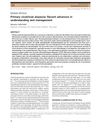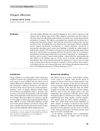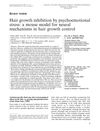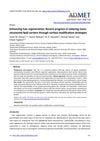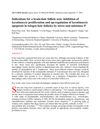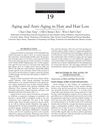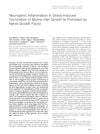Immune Response Involving the Bulge Region in Addition to Telogen Conversion Contributes to Hair Loss in a Case of Atypical Drug-Induced Hypersensitivity Syndrome
October 2013
in “
The Journal of Dermatology
”
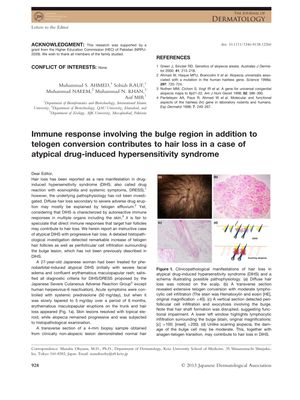
TLDR Hair loss in a drug reaction case involved both a common shedding phase and an immune attack on hair follicle stem cells.
In a case study of a 27-year-old Japanese woman with atypical drug-induced hypersensitivity syndrome (DIHS), researchers found that hair loss was not only due to telogen effluvium, which is a common response to severe drug eruptions, but also involved an immune response targeting the hair follicles, particularly around the bulge region where stem cells reside. Histopathological examination of the patient, who had been treated with systemic prednisolone for phenobarbital-induced DIHS, revealed an increased number of telogen hair follicles and lymphocytic cell infiltration around the bulge area. This infiltration was similar to that seen in scarring alopecia but was not severe enough to cause permanent damage, allowing for hair regrowth. The findings suggest that in addition to the well-known telogen conversion, direct immune responses against hair follicles contribute to hair loss in DIHS. The patient's hair loss ceased after 2 weeks and hair regrowth was observed after 4 weeks, with full recovery in 2 months. This case provides new insights into the pathophysiology of hair loss in DIHS, highlighting the role of immune responses in the bulge region of hair follicles.
